Retro Replay Review
Gameplay
From the moment you strap into the cockpit of the Star Voyager, the game’s core loop of engagement is instantly clear: track down enemy ships, blast them out of the void, and weave your way through star portals to advance. The first-person perspective lends a claustrophobic intensity to each encounter. Enemies begin as tiny blips on the horizon, closing in methodically as torpedoes flash past your shielded viewport. Your reaction time and accuracy with lasers or photon torpedoes will determine whether you survive to the next threat.
(HEY YOU!! We hope you enjoy! We try not to run ads. So basically, this is a very expensive hobby running this site. Please consider joining us for updates, forums, and more. Network w/ us to make some cash or friends while retro gaming, and you can win some free retro games for posting. Okay, carry on 👍)
The inclusion of a bottom-screen status bar is more than just a throwback aesthetic—it’s an essential tactical tool. It displays your remaining energy, tally of destroyed foes, and a radar-style scanner that pinpoints hostiles in every quadrant. Managing your energy reserves becomes a balancing act: unleash full-power photon torpedoes for maximum damage or rely on rapid-fire lasers to conserve resources. These small strategic decisions create tension that lasts all seven star-portal levels.
Star Voyager also breaks monotony by offering two-player variations. One pilot steers the vessel while a second player either mans the weapons console or takes command of the enemy forces. This competitive twist transforms the solo intensity into a frenetic head-to-head challenge, extending the title’s longevity and social appeal. The cooperative aspect—having a teammate coordinate shields and fire—also adds an unexpected layer of teamwork not often seen in action space shooters of this era.
Graphics
While Star Voyager may not boast the flashy 3D models of modern spacefaring epics, its minimalist graphical style serves its gameplay perfectly. The main viewport renders starfields and incoming vessels with crisp vector lines that convey speed and distance effectively. Explosions are represented by brief, colorful bursts, which, despite their simplicity, do a convincing job of selling the impact of every successful hit.
The user interface is clean and unobtrusive. Weapon reticles, energy meters, and radar blips are all framed within a metered status bar at the bottom of the screen. This design ensures you’re never overwhelmed by extraneous HUD elements, allowing you to stay focused on the incoming threats. Though textures and polygons are absent, the game’s art direction channels a retro-futuristic sensibility that will resonate with fans of classic 80s space combat.
On higher-definition displays, the stark contrast of the black starfield against bright, geometric ship outlines actually enhances target acquisition. The star portals themselves glow with a pulsating aura, giving each level transition a satisfying visual flourish. If you can appreciate the beauty in functional, unembellished presentation, Star Voyager’s graphics strike a great balance between nostalgia and clarity.
Story
Star Voyager places you in a straightforward—and urgent—military sci-fi narrative: seven star portals stand between you and the safety of the Capital Starport. As the lone guardian of this vital outpost, you must eliminate waves of enemy ships before time runs out or your shields go dark. While the story isn’t heavy on plot twists, it provides a solid framework that motivates every dogfight and portal run.
The incremental progression through each portal suggests a larger universe at stake, and the vague nature of the enemy forces keeps your imagination engaged. Are these hostile aliens, rogue human factions, or mechanized drones? Star Voyager never specifies, leaving the true villain open to speculation. This minimalist storytelling approach lets the action take center stage while still giving you a clear goal: protect the heart of your civilization.
Cutscenes and in-game text are kept to a minimum, but when they appear, they reinforce the stakes. A brief mission briefing before each stage reminds you of the dwindling energy resources and rising enemy count. While some players might wish for deeper lore or character-driven dialogue, the lean narrative ensures you return to the cockpit—and the shooting gallery—without delay.
Overall Experience
Star Voyager excels at delivering pure, unfiltered space combat. The tension of balancing energy levels, the thrill of accurate shots from the photon torpedoes, and the nerve-wracking sight of an incoming star portal all combine into a tight gameplay package. Whether you’re a solo pilot determined to clear all seven portals or teaming up with a friend for two-player mayhem, the game maintains a brisk pace that keeps adrenaline levels high.
The simplicity of the graphics and the brevity of the story actually enhance the core loop, preventing unnecessary distractions and focusing on what matters most: engaging dogfights in the void. Controls are intuitive, and the absence of complex upgrade trees or side missions means you’re always a warp jump away from the next firefight. This makes Star Voyager especially well-suited for quick sessions or marathon runs alike.
For fans of classic space action—or anyone seeking a lean, adrenaline-charged shooter—Star Voyager offers a rewarding challenge. Its combination of straightforward objectives, tight first-person combat, and optional multiplayer modes forms an experience that’s easy to pick up but hard to put down. If you’re ready to defend the Capital Starport and prove your mettle among the stars, this interstellar odyssey is one you won’t want to miss.
 Retro Replay Retro Replay gaming reviews, news, emulation, geek stuff and more!
Retro Replay Retro Replay gaming reviews, news, emulation, geek stuff and more!
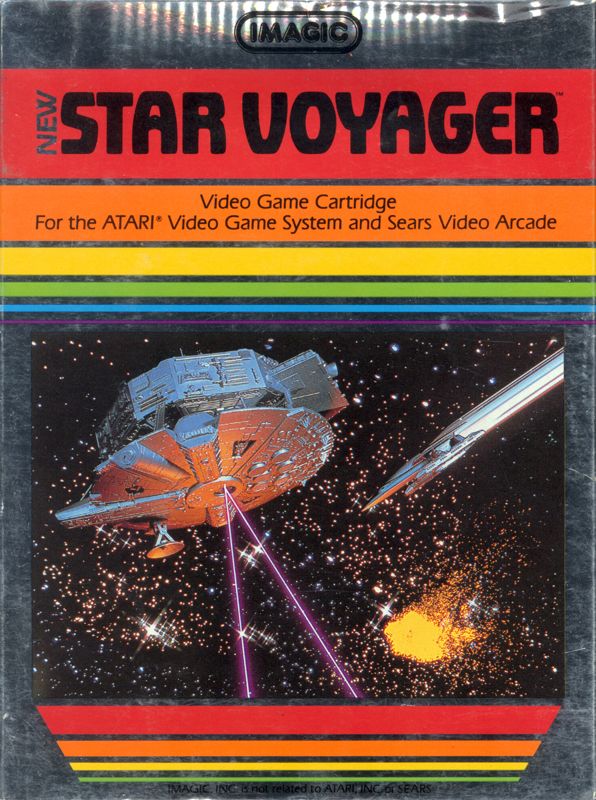
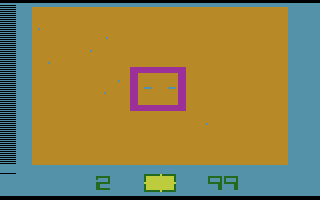
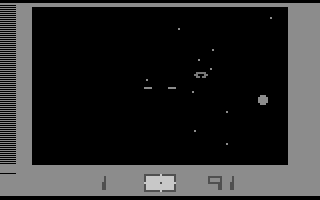
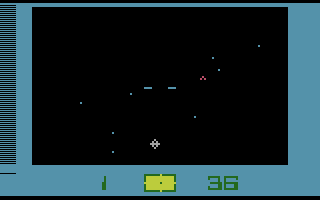
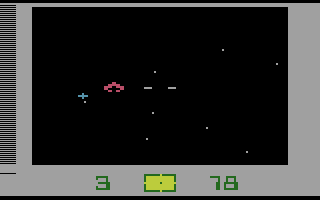

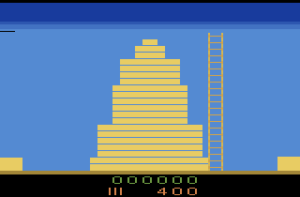


Reviews
There are no reviews yet.